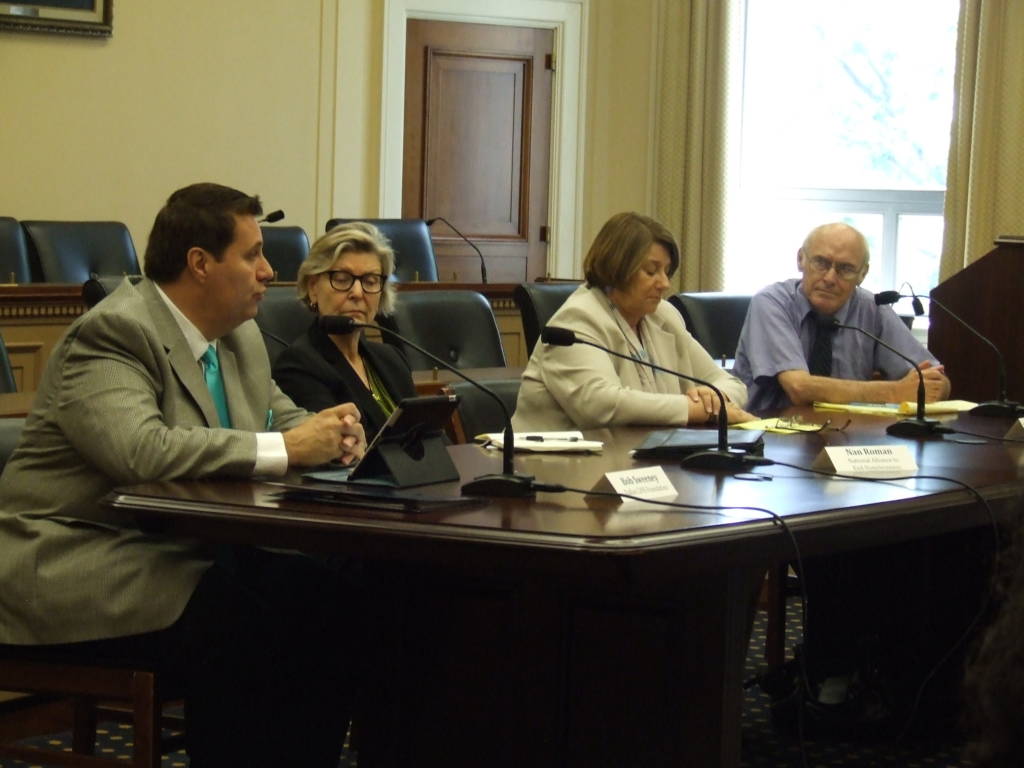On May 19 the Congressional Homeless Caucus drew national grassroots organizers to a briefing about “treatment first” and “housing first” models.
“Many people don’t realize there are different reasons for homelessness,” said Nan Roman, President and CEO of the National Alliance to End Homelessness. Roman gave examples such as economic hardship and chronic disabilities.
Roman is a supporter of Housing First legislation, citing that it costs less money for the public sector. The Housing First model puts people in housing without any prerequisites. It is easier for residents to solve issues such as substance abuse or health problems once a person is consistently sheltered. This also cuts down on individuals use of crisis services, such as emergency room visits.
“We’ve really done a bad job with the crisis system in America,” Roman said.
Roman shared a story of a woman who escaped an abusive situation and took her children with her. The woman was homeless for two years, which cost the public sector $40,000 dollars, without housing first.
“In the 1980s, we tried to help people overcome their problems and then house them,” said Barbara Banaszynski, Senior Vice President for Program Operations of Volunteers of America.
Banaszynski and Volunteers of America have since come to change their minds on what people needed in order to overcome homelessness and poverty.
“What we were doing was not bad, but not very effective,” Banaszynski said.
Executive Director of Dallas LIFE Foundation (one of the largest homeless shelters nationally), Bob Sweeny, vehemently disagreed with housing first. Sweeny designed a 10-month program, with a four phase approach to help the homeless in his shelter. The phases include volunteering while sobering up; classes with subjects such as anger management and resume building; applying for 15 jobs per week; meeting with a mentor; and applying for affordable housing and graduation.
“Over 65 percent of the homeless are struggling with alcohol and drugs,” Sweeny said, “Let’s get to the root of the problem of homelessness.”
Despite their differences, both groups agreed that more action needs to be taken to tackle the challenge of homelessness. Banaszynski compared getting help for the homeless to wearing glasses.
“It’s not a stigma to wear glasses; it just means I can’t see well. So, it shouldn’t be a stigma to ask for help,” she said.








